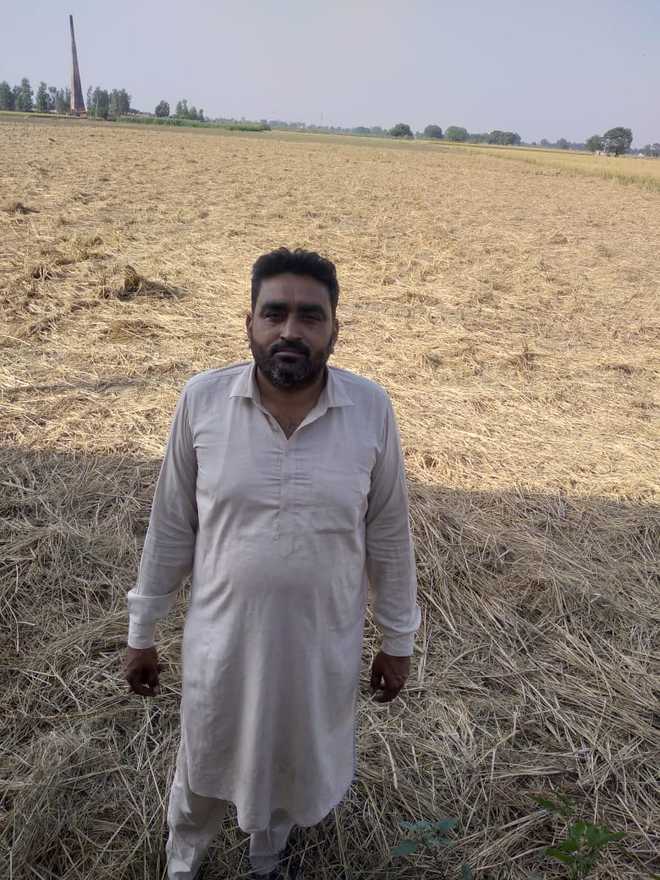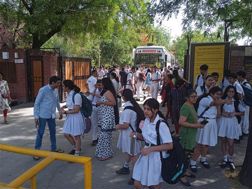
Gurdeep Singh
Lovleen Bains
Doraha, October 14
Gurdeep Singh of Madpur village, who gave up stubble burning three years ago, wants to tell farmers of the area to stop the menace to save the environment.
Convinced by the use of happy seeder in 2018 on three acres, Gurdeep continued the same mode next year on his personal five acres and 25 more acres which he took on rent. He also associated with two farmers of his village that year to adopt in situ crop residue management methods. Satisfied, the two farmers further convinced five farmers each of the village to adopt modern techniques of sowing. In 2020, Gurdeep convinced more farmers to sow wheat with happy seeders. Madpur village, which was resorting to stubble burning three years ago, has a total of 15 to 20 farmers now who are ready to use agri-machinery and adopt the in situ management.
“This number is going to increase,” assert villagers whom these farmers are approaching to guide them as far as adoption of crop residue management is concerned.
Gurdeep has not only improved his crop quality but also doubled his income. He owes his success to the extension cell of Guru Nanak National College, Doraha, which not only convinced him but also made him practice the latest technology in his field to observe for himself the difference it makes in his living and livelihood.
“I operated the happy seeder under the supervision of the team of extension cell on 3 acres and did the rest of the wheat sowing with conventional methods. I observed that the results of wheat, sown with happy seeder were better as compared to the conventional sowing. In conventional methods, even after burning, the field needed to be prepared for wheat sowing, which costs Rs 2,000-2,500 per acre approximately. But with a happy seeder, no field preparation was required as wheat was sown directly in the straw-infested field resulting in cost saving.” Gurdeep claimed that the soil health of his fields also improved after the in situ residue management and the amount of fertilisers was considerably reduced.
Lead, Punjab and Haryana Climate Change Resilience, CII Foundation, Chandrakant Pradhan said: “We have granted agri-machinery to farmers through Guru Nanak National College, Doraha, which, in turn, supplies to them at the ground level. Gurdeep has become a role model and source of inspiration for other farmers of his nearby villages. He is contributing to preserve the environment and soil health by not burning the crop residue and due to his motivated thought, he our frontline campaigner.”
Join Whatsapp Channel of The Tribune for latest updates.


























